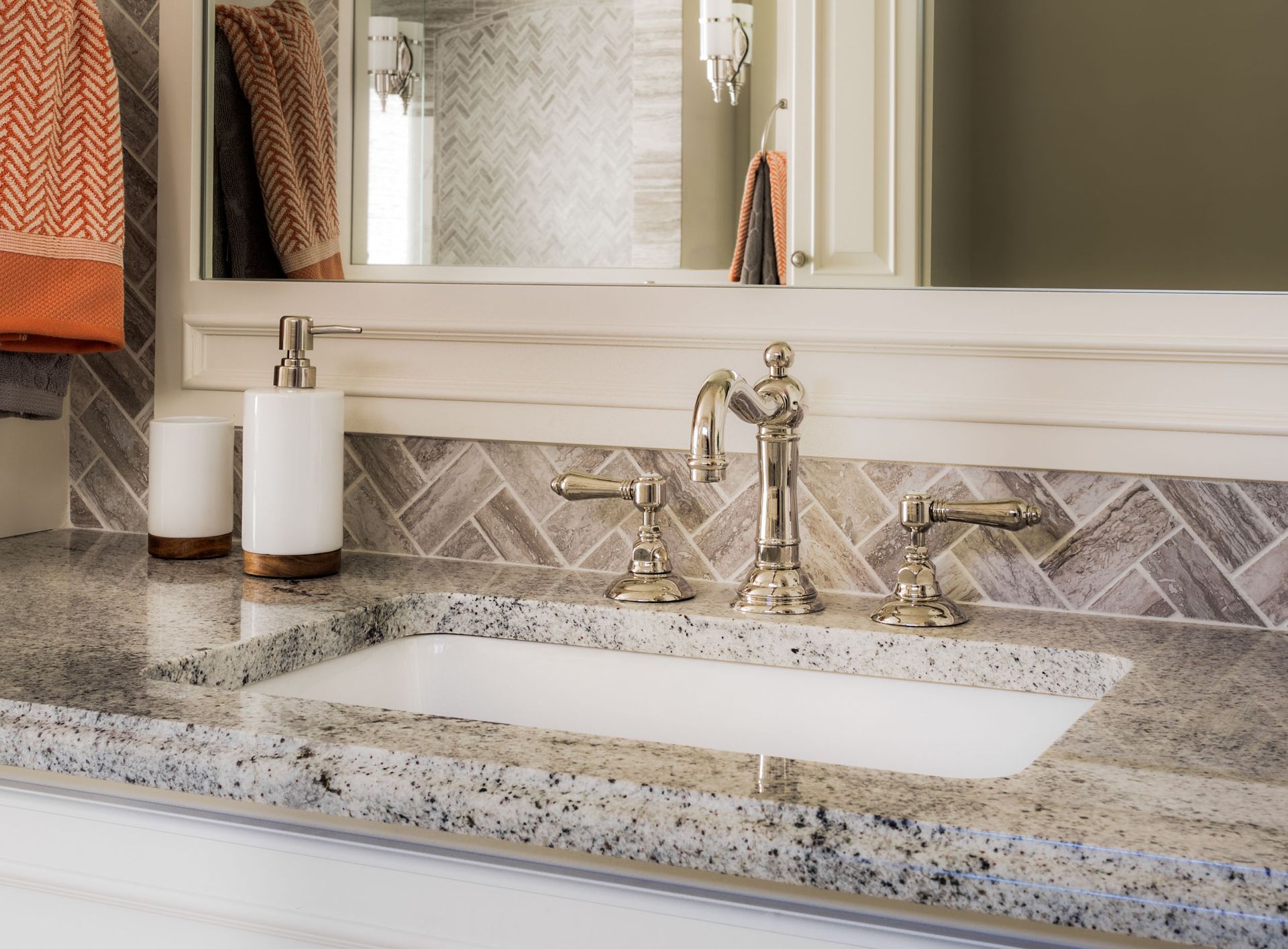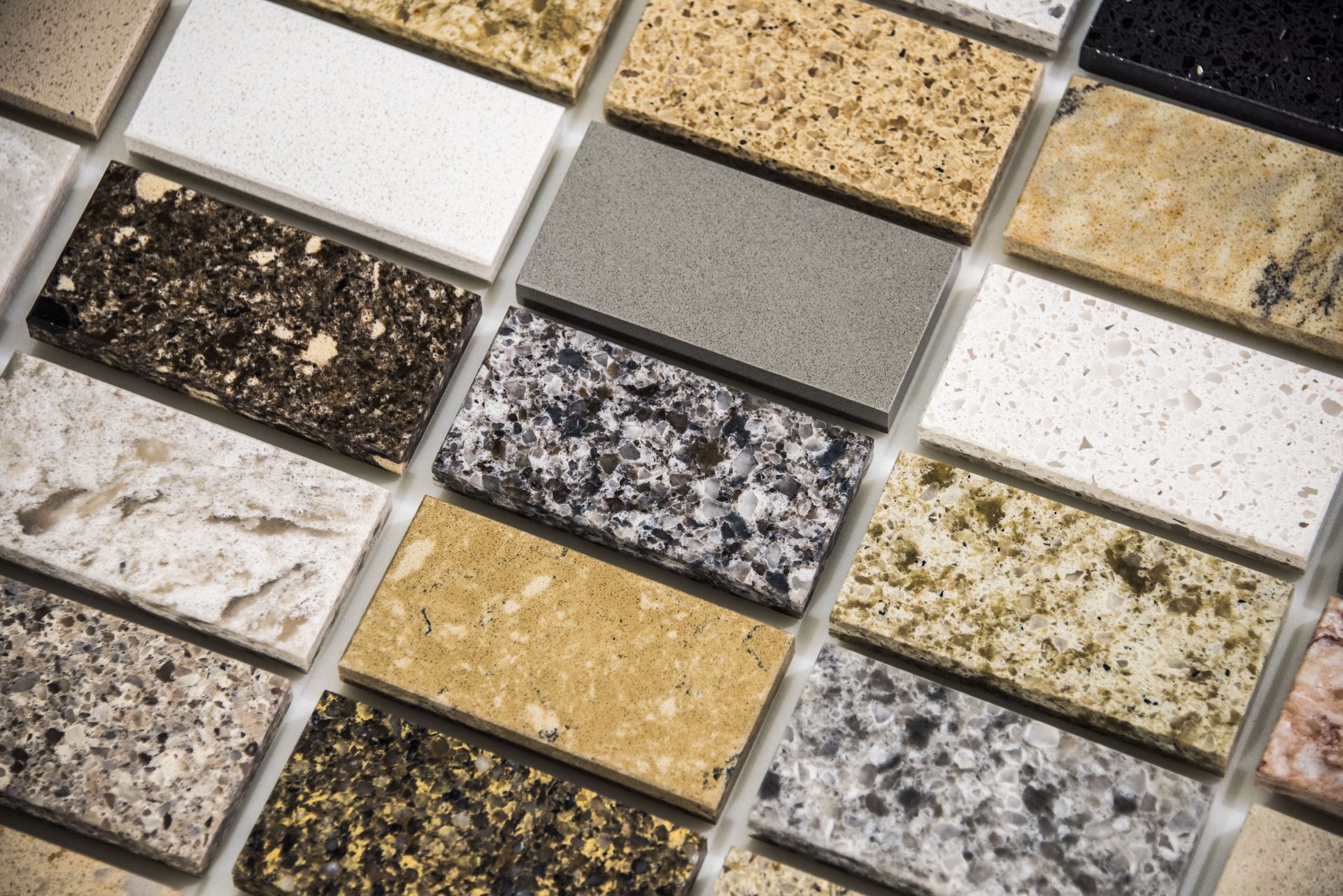Choosing new countertops can completely transform the look and feel of your kitchen or bathroom. But with so many materials, styles, and price points available, making the right decision can feel overwhelming. Countertops are a long-term investment, and getting it right the first time is crucial—not just for aesthetic appeal, but for function and durability as well.
Whether you're remodeling your kitchen or just updating an outdated surface, there are several important factors to weigh before making a final decision. This guide walks you through the five key things to consider before choosing new countertops so you can make an informed choice that balances style, function, and budget.
1. Your Lifestyle and Daily Use
Before you fall in love with a particular material or style, think about how you actually use your kitchen or bathroom. Are you someone who cooks frequently? Do you have kids or pets? Is durability more important than elegance? These questions should help steer your decision in the right direction.
Different countertop materials offer varying levels of resistance to heat, stains, and scratches. For example, natural stone like marble looks stunning but is prone to staining and etching if not maintained properly. On the other hand, quartz offers a similar aesthetic but is non-porous and more resistant to stains and bacteria. If you often prep meals directly on your countertops or set hot pans down without thinking, consider materials that can withstand that kind of wear and tear.
Bathroom countertops may not take the same kind of abuse as kitchen surfaces, but they’re still exposed to moisture, cosmetics, and cleaning chemicals daily. Choosing a material that can handle water exposure without swelling, warping, or staining is key.
Ultimately, the best countertop material for you is one that fits how you actually live—not just how you imagine your home should look.
2. Material Options and Their Maintenance Needs
Countertops come in a wide variety of materials, each with its own set of pros, cons, and maintenance requirements. Your choice will have a direct impact on how much upkeep is required to keep your surfaces looking new.
Some of the most popular options include:
- Granite: Durable and unique, granite requires periodic sealing to prevent staining. It’s a great option for both kitchens and bathrooms.
- Quartz: Engineered from natural stone and resin, quartz is non-porous and doesn’t require sealing, making it one of the easiest materials to maintain.
- Marble: Elegant and timeless, but more porous and prone to scratching and staining. Best suited for lower-traffic areas or homeowners willing to invest in regular care.
- Butcher Block: Warm and inviting, butcher block is ideal for food prep but must be oiled regularly to avoid drying and cracking.
- Laminate: A cost-effective choice that offers a wide range of looks. While it isn’t heat or scratch-resistant, it’s great for budget-conscious homeowners.
Think about how much effort you’re willing to put into maintenance. Some people love the look of marble and don’t mind the upkeep, while others prefer the peace of mind that comes with low-maintenance surfaces.
3. Budget and Installation Costs
Countertops can be one of the more expensive elements of a kitchen or bathroom remodel. Materials like marble and quartz tend to be on the higher end, while laminate and tile can be more affordable. But the material cost is only one piece of the puzzle—don’t forget to factor in installation, customization, and possible removal of old surfaces.
In general, natural stone and quartz surfaces require professional installation due to their weight and precision-cutting needs. This can add to the overall expense, but it also ensures the job is done right. Prefabricated or laminate countertops may offer more flexibility for DIY installation, but they may not have the same level of durability or aesthetic appeal.
According to Fixr, most kitchens require about 30 sq.ft. of countertop space, while larger kitchens may need as much as 40 sq.ft. That means even small differences in material cost per square foot can add up quickly.
Make sure you get detailed estimates from multiple suppliers and installers before committing. Don’t forget to account for edge treatments, cutouts for sinks and appliances, backsplashes, and other finishing touches. Planning ahead will help avoid unpleasant surprises later in the project.
4. Aesthetic and Design Cohesion
It’s tempting to choose countertops based solely on how they look in a showroom or online photo, but your new surfaces need to complement the overall design of your space. Consider your cabinet color, flooring, wall paint, backsplash, and even lighting before deciding on a countertop material or color.
Light-colored countertops can make a small kitchen feel more open, while darker tones offer dramatic contrast and hide stains better. If you’re going for a rustic, cozy feel, butcher block or textured stone may be ideal. For a modern or minimalist aesthetic, sleek quartz or polished concrete could be the perfect fit.
Edge profiles also make a big impact on the final look. From simple square edges to ornate ogee or bullnose profiles, the shape of the countertop edge can elevate or tone down the overall design. You’ll want to make sure the edge style matches the rest of your decor, especially if your countertops will be a focal point.
Take home samples or request swatches to see how materials look under your specific lighting. Surfaces can appear drastically different in natural vs. artificial light, and the best way to avoid buyer’s remorse is to view options in your actual space before making a decision.
5. Durability and Long-Term Value
Countertops are a long-term investment, so it’s important to choose a material that won’t just look great today but will also hold up well for years to come. Consider how resistant a material is to everyday wear and tear like scratching, chipping, heat, and water exposure.
Durability is especially important in high-traffic areas like kitchens. Materials like granite and quartz are well-known for their strength and longevity. While they may cost more upfront, their ability to resist damage can save you money in the long run on repairs or replacements.
Resale value is another consideration. If you’re thinking of selling your home in the next few years, choosing a popular and durable material can add to your home’s market appeal. Neutral tones in granite or quartz tend to attract buyers and can enhance your home’s overall value.
It’s also wise to think about the warranty and manufacturer's reputation. Some materials, particularly engineered ones like quartz, come with extended warranties that can provide peace of mind. Be sure to understand what’s covered and for how long.
Choosing new countertops is an exciting step in any home renovation project, but it comes with several important considerations. From your lifestyle and maintenance preferences to your budget and design goals, the right choice is about more than just looks. By taking the time to evaluate your needs, explore material options, and plan for installation, you’ll be well on your way to finding a surface that enhances both form and function.
Whether you're drawn to the timeless beauty of natural stone, the practicality of quartz, or the warmth of wood, there’s a perfect fit for every home. With thoughtful planning and a clear understanding of what matters most to you, your new countertops can be both a functional workspace and a design statement for years to come.
Ready to upgrade your kitchen or bathroom surfaces? Contact Power Marble & Granite today to explore high-quality countertop options tailored to your style, needs, and budget.



Share On: